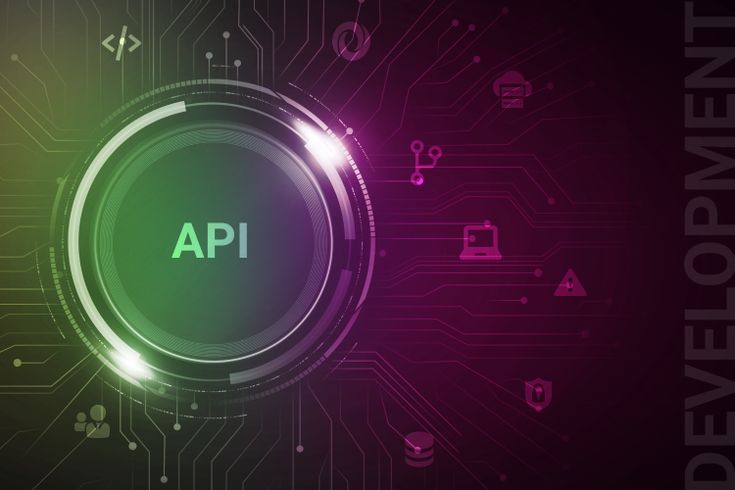The Zoom platform isn’t just about clicking “join meeting” anymore. With their robust Zoom API ecosystem, developers can integrate video conferencing capabilities into virtually any application, automate workflows, and create entirely new experiences around remote collaboration. Let’s dive into what’s actually possible when you start building with Zoom’s developer tools.

The Zoom Developer Ecosystem Overview
Zoom offers several ways to extend and integrate with its platform, each serving different use cases:
Zoom Apps—Run inside the Zoom client itself, giving you access to meeting participants and real-time interactions.
Zoom APIs—RESTful APIs for managing accounts, meetings, webinars, and more.
Zoom SDKs—Embed Zoom’s video/audio capabilities directly into your applications.
Zoom Webhooks—Get real-time notifications about events happening in your Zoom environment
The beauty of this ecosystem is that you can mix and match these tools depending on what you’re building.
Core APIs You Should Know About
Meeting Management Zoom API
This is probably where most developers start. You can programmatically create, update, and manage meetings without ever touching the Zoom web interface.
const meeting = await fetch(‘https://api.zoom.us/v2/users/me/meetings’, {
method: ‘POST’,
headers: {
‘Authorization’: `Bearer ${accessToken}`,
‘Content-Type’: ‘application/json’
},
body: JSON.stringify({
topic: “Developer Standup”,
type: 2, // Scheduled meeting
start_time: “2024-01-15T10:00:00Z”,
duration: 30,
settings: {
waiting_room: true,
mute_upon_entry: true
}
})
});
User Management Zoom API
Perfect for organizations that need to automate user provisioning, manage licenses, or sync with existing HR systems.
Webinar Zoom API
Similar to meetings but designed for larger, broadcast-style events. You can manage registrations and panelists and even customize the registration experience.
Recording Zoom API
Access and manage cloud recordings programmatically. This is huge for compliance, content management, or building custom video libraries.
What Developers Are Building
1. Custom Scheduling Applications
Instead of forcing users to learn Zoom’s interface, developers are building scheduling developer tools that fit their specific workflows. Think CRM integrations where sales reps can schedule client calls without leaving their sales dashboard.
2. Automated Meeting Workflows
Meeting rooms that automatically start recordings, send follow-up emails with recordings, or create calendar events based on meeting outcomes. One team I know built a system that automatically generates meeting summaries and action items.
3. Real-Time Meeting Analytics
Using webhooks to track meeting engagement and attendance patterns or automatically flag meetings that might need follow-up. This is particularly powerful for educational institutions or large enterprises.
4. Custom Video Experiences
With the Video SDK, developers aren’t limited to the standard Zoom interface. You can build video calls that look and feel native to your application – think telehealth platforms, virtual event spaces, or customer support tools.
5. Integration Platforms
Tools that connect Zoom with other business applications. For example, automatically creating support tickets from meeting recordings or syncing meeting attendance with project management tools.
Getting Started: The Developer Journey

Choose Your Authentication Method
Zoom offers several authentication options:
| Method | Best For | Complexity |
| OAuth | Apps used by multiple Zoom accounts | Medium |
| JWT (deprecated) | Server-to-server apps | Low |
| Server-to-Server OAuth | Backend services, no user interaction | Low |
Set Up Your Development Environment
- Install a Zoom App in the Zoom Marketplace
- Choose your app type (OAuth, Server-to-Server, etc.)
- Configure your scopes and permissions
- Get your Zoom API credentials
Start Simple
Don’t try to build everything at once. Start with basic meeting creation, then gradually add features like custom settings, webhooks, or real-time features.
Pro Tips for Zoom Development
Rate Limiting is Real: Zoom enforces rate limits pretty strictly. Build retry logic and respect the limits from day one.
Webhook Verification: Always verify webhook signatures to ensure requests are actually from Zoom.
Scopes Matter: Request only the permissions you need. Users are more likely to approve apps that don’t ask for everything.
Test with Real Meetings: The development environment is helpful, but nothing beats testing with actual meetings and real users.
Common Challenges and Solutions
Managing Time Zones
Zoom expects UTC timestamps, but your users think in local time. Build robust time handling early:
const localTime = new Date(‘2024-01-15T10:00:00’);
const utcTime = localTime.toISOString();
Handling Meeting States
Meetings can be in various states (waiting, started, or ended), and your app needs to handle these gracefully. Use webhooks to stay in sync rather than constantly polling.
User Experience Consistency
When building custom interfaces, users still expect familiar Zoom behaviors. Don’t reinvent everything; augment the experience instead.
Advanced Use Cases
Meeting Bots
Build bots that join meetings automatically to record, transcribe, or analyze conversations. This requires the Meeting SDK and careful handling of participant permissions.
Custom Analytics Dashboards
Combine meeting data with business metrics to create insights that matter to your organization. Usage patterns, engagement scores, or ROI calculations based on meeting outcomes.
Automated Content Creation
Use the recording Zoom APIs combined with AI services to automatically generate meeting notes, highlight reels, or training materials from recorded sessions.
The Future of Zoom Development
Zoom continues to expand its developer platform with new capabilities around AI, real-time collaboration, and deeper Zoom API integrations. The recent focus on AI-powered features means developers can build smarter applications that understand meeting content, not just manage meeting logistics.
The platform is also becoming more event-driven, with better webhook coverage and real-time APIs that make building responsive applications much easier.
Wrapping Up
The Zoom developer platform offers way more than basic meeting scheduling. Whether you’re building workflow automation, custom video experiences, or deep business integrations, the tools are there to create something genuinely useful.
The key is starting with a specific problem you’re trying to solve, then choosing the right combination of Zoom APIs, SDKs, and integration methods to build a solution that actually works for your users. Don’t get caught up in using every feature—focus on doing a few things well.
The developer community around Zoom is quite active, and their documentation has improved significantly over the years. If you’re thinking about building something with video collaboration at its core, it’s definitely worth exploring what’s possible.